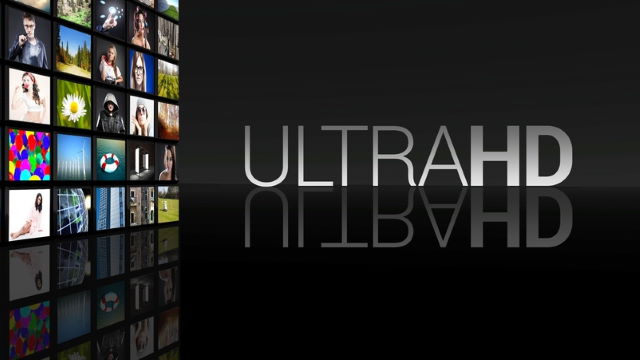UHD-HDR technology advances to new TV standard

"Already today, a steadily growing number of viewers in Germany are technically capable of enjoying UHD content in outstanding picture quality," said Carine Chardon, Managing Director of the German TV Platform and Managing Director of the ZVEI Consumer Electronics Association.
According to GfK Retail & Technology, around 3.2 million televisions were sold in Germany in the first half of 2020, almost 70 percent (2.2 million) of which were UHD sets. Nearly all (97 per cent) of the UHD displays sold support High Dynamic Range (HDR) and can display content with a significantly greater contrast range and more natural colours in finer gradations. "It is therefore desirable that the production of films, series, shows, documentaries and live sports in UHD-HDR also continues to pick up speed to close the gap between the number of devices in households and content availability," Chardon said.
A clear trend is also emerging in the supported HDR processes: Until 2017, HDR-capable televisions almost exclusively incorporated so-called static HDR processes such as HDR10 and HLG (Hybrid Log Gamma). The key data for contrast and brightness are defined once for each content. Since 2018, more and more UHD devices have been shipped that are also capable of dynamic HDR processes such as Dolby Vision or HDR10+. These define the desired image impression per scene or even single image. In the first half of 2020, around 1.6 million UHD HDR televisions were purchased, which support dynamic HDR in addition to HDR10 and HLG. 300,000 of these are "HDR all-rounders", which can handle all the above-mentioned currently relevant processes.
"In total, almost 14 million Ultra-HD televisions with HDR have been sold in the last five years. The changing of the guard in the equipment market is thus in full swing. UHD-HDR is becoming the new standard," said Chardon.
An overview of available UHD content and the currently available UHD-HDR devices can be found on the information portal of the German TV Platform at https://uhdr.de
Neueste Beiträge
- CE-Branchenkompass Q1 2024: Vier von fünf verkauften Fernsehern sind UHD-TVs
- CE-Branchenkompass Gesamtjahr 2023: Mehr als zwei Drittel aller verkauften Radios empfangen digital
- CE-Branchenkompass Q1-3 2023: Anteil der Fernseher mit Surroundsound legt deutlich zu
- CE Industry Compass 1st Half of 2023: For the First Time, More Than Half of Sold Radios Are DAB+ Capable
- Deutsche TV-Plattform with new board of directors
